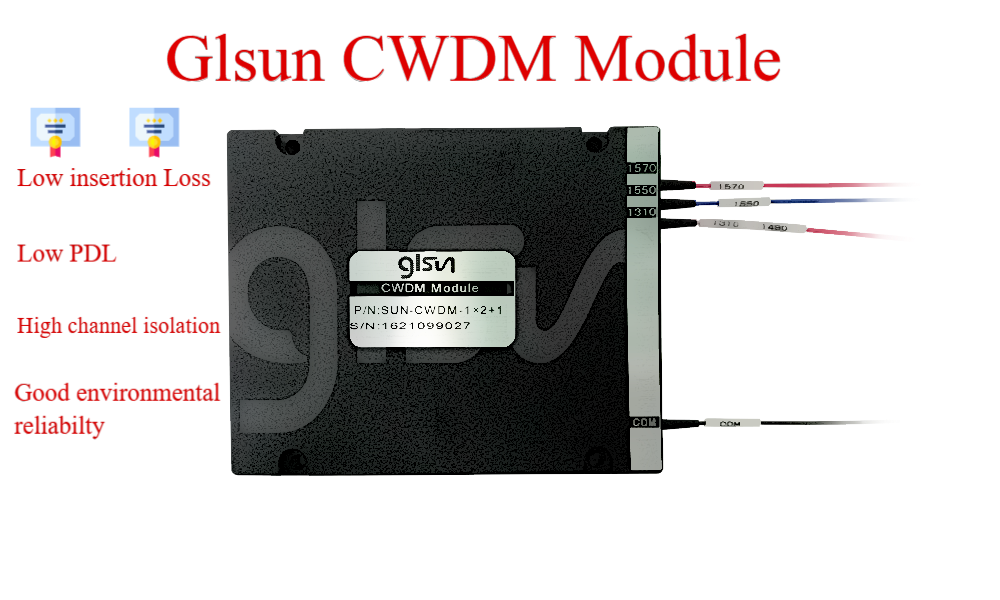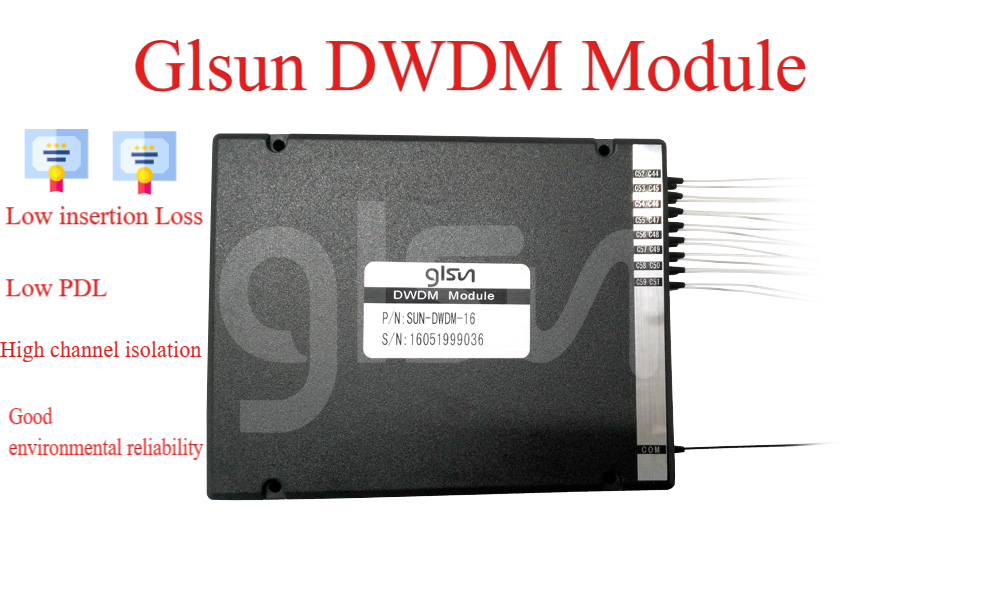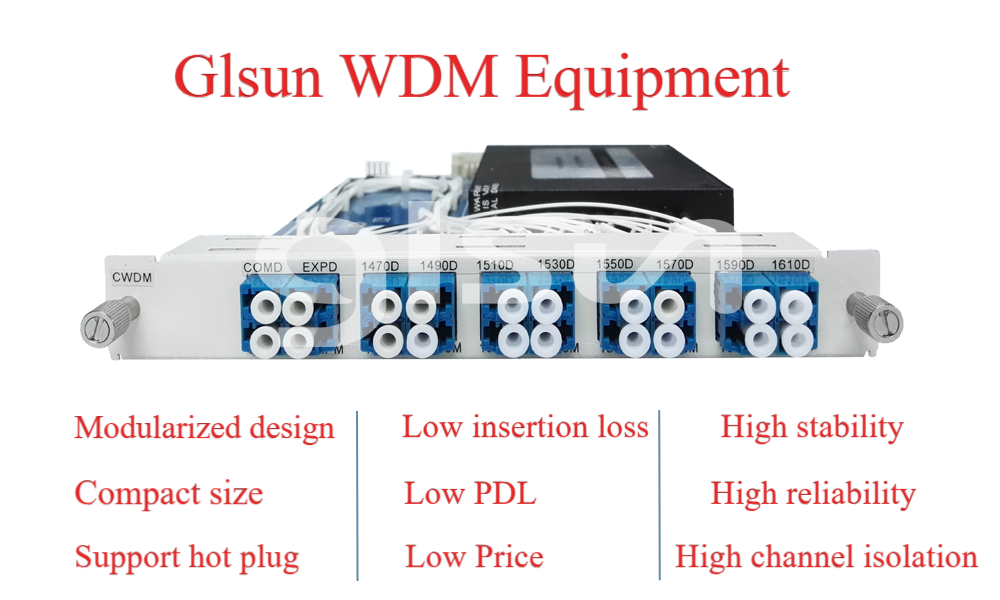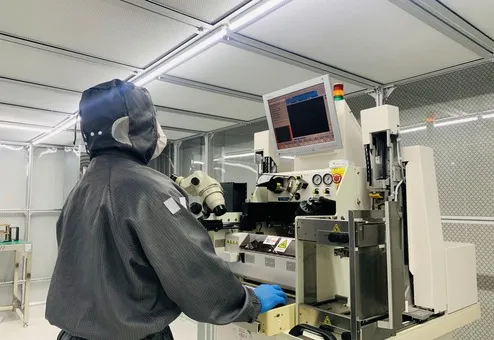What is WDM: Wavelength Division Multiplexing Technology?
Quick look at WDM technology
Wavelength Division Multiplexing (WDM) technology means that in the same optical fiber, two or more optical wavelength signals can transmit information through different optical channels. Optical wavelength division multiplexing includes Frequency Division Multiplexing (FDM) and Wavelength Division Multiplexing (WDM). There is no obvious difference between FDM and WDM, because light wave is a part of electromagnetic wave, and the frequency and wavelength of light have a single correspondence. It is generally understood that, optical frequency division multiplexing refers to the subdivision of optical frequencies, and optical channels are very dense. Optical wavelength division multiplexing (WDM) refers to the coarse division of optical frequency, and the optical channels are spaced far apart, even in different windows of the fiber.
Types of WDM
Wavelength division multiplexing (WDM) usually uses wavelength division multiplexer and demultiplexer placed at both ends of the fiber to realize the coupling and separation of different optical waves. Their working principles are basically the same. The main types of optical wavelength division multiplexer are fused taper type, dielectric film type, grating type and planar type. Its major parameters are insertion loss and channel isolation.
Technical Features and Advantages of WDM Technology
1. It makesfull use of the low loss band of optical fiber, increases the transmission capacity of optical fiber, so that the physical limit of an optical fiber to transmit information is doubled or multiplied several times. At present, only a small part of the low loss spectrum (1310nm-1550nm) is utilized. WDM can make full use of the huge bandwidth of single-mode fiber about 25THz, and the transmission bandwidth is sufficient.
2. WDM has the ability to transmit two or more asynchronous signals in the same optical fiber, which is conducive to the compatibility of digital signals and analog signals. It is not related withthe data rate or modulation mode, and can be flexibly taken out or added into the channel in the middle of the line.
3. For established optical fiber system, especially for the cable with not manycores laid in the early stage, as long as the original system has power margin, it can be further increased to achieve the transmission of multiple one-way signals or two-way signals without making big changes to the original system, with strong flexibility.
4. Construction cost is greatly reduced due to the decreased amount of optic fiber being used, which also facilitates maintenance and repair when malfunctions occur.
5. The compatibility of active optical equipmentreduces the cost for the transmission of multiple signals or the addition of new operations.
At present, due to the high requirements of optical wavelength division multiplexing (WDM) for optical transmitter, optical receiver and other equipment, it is difficult to implement the technology, and the application of multi-fiber fiber cable is not particularly short of the traditional broadcast transmission service, so the practical application of WDM is prevalent yet. However, with the development of wired integrated services, the increasing demand for network bandwidth, the implementation of various selective services, and the the consideration of the economic cost of network upgrade, etc., the features and advantages of WDM are gradually emerging in CATV transmission system, showing a broad application prospect, and will even affect the development pattern of CATV network.








 Guanglong S&T Zone, No.8 High-tech Industry Park Chaoyang Road, Guilin ,Guangxi, China
Guanglong S&T Zone, No.8 High-tech Industry Park Chaoyang Road, Guilin ,Guangxi, China  +86-133-4600-8527
+86-133-4600-8527  alan.shizz@glsun.com
alan.shizz@glsun.com